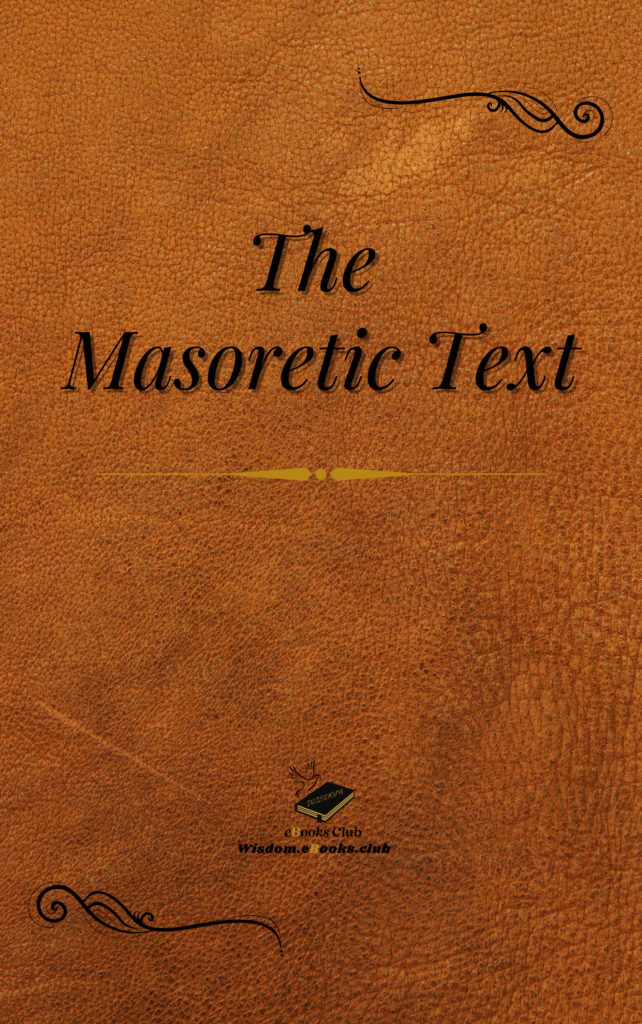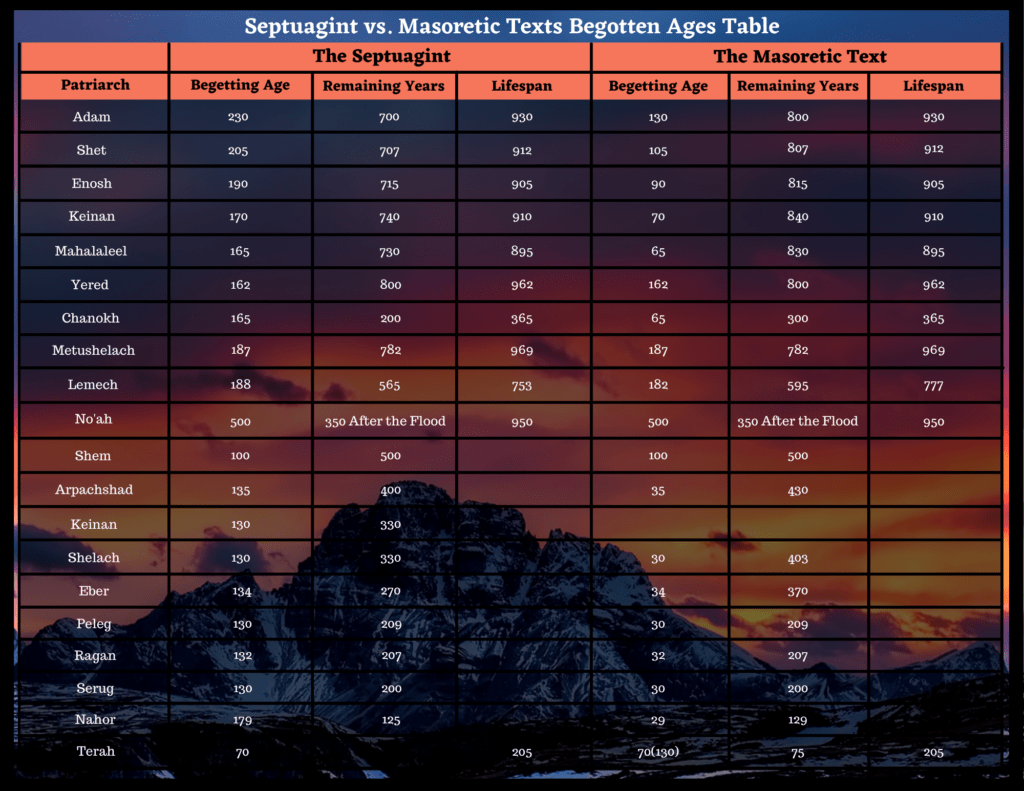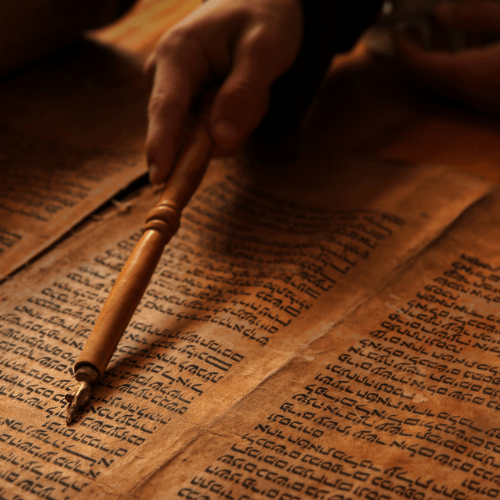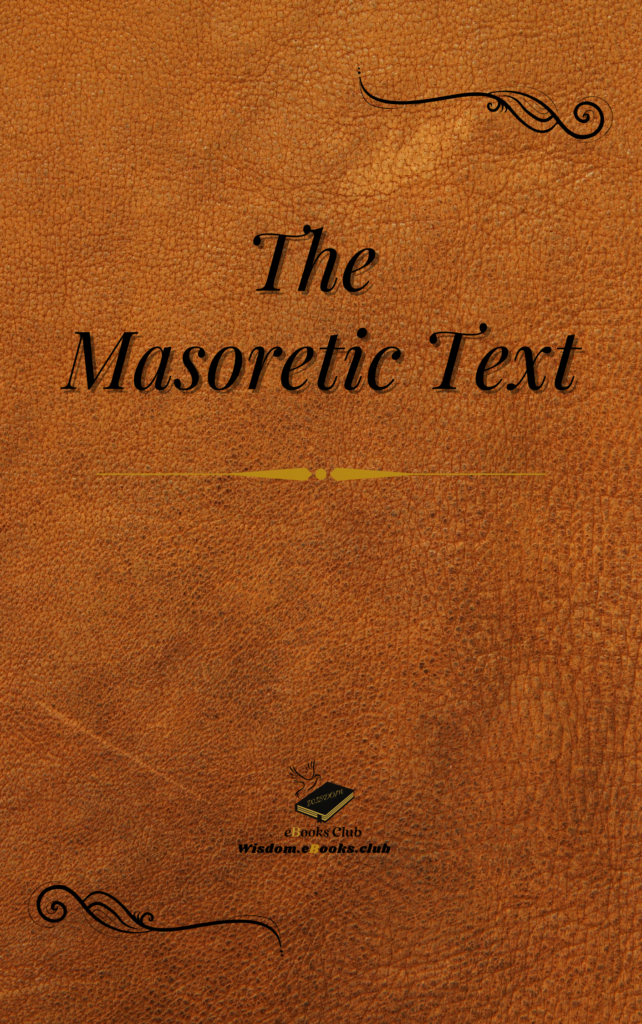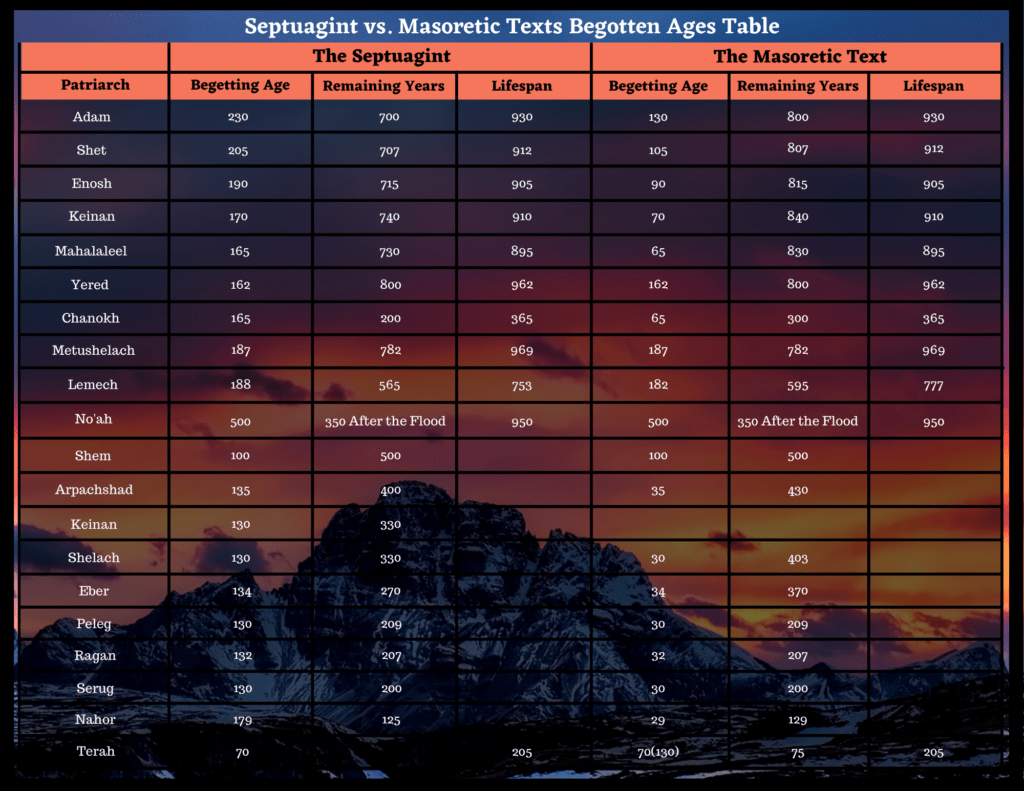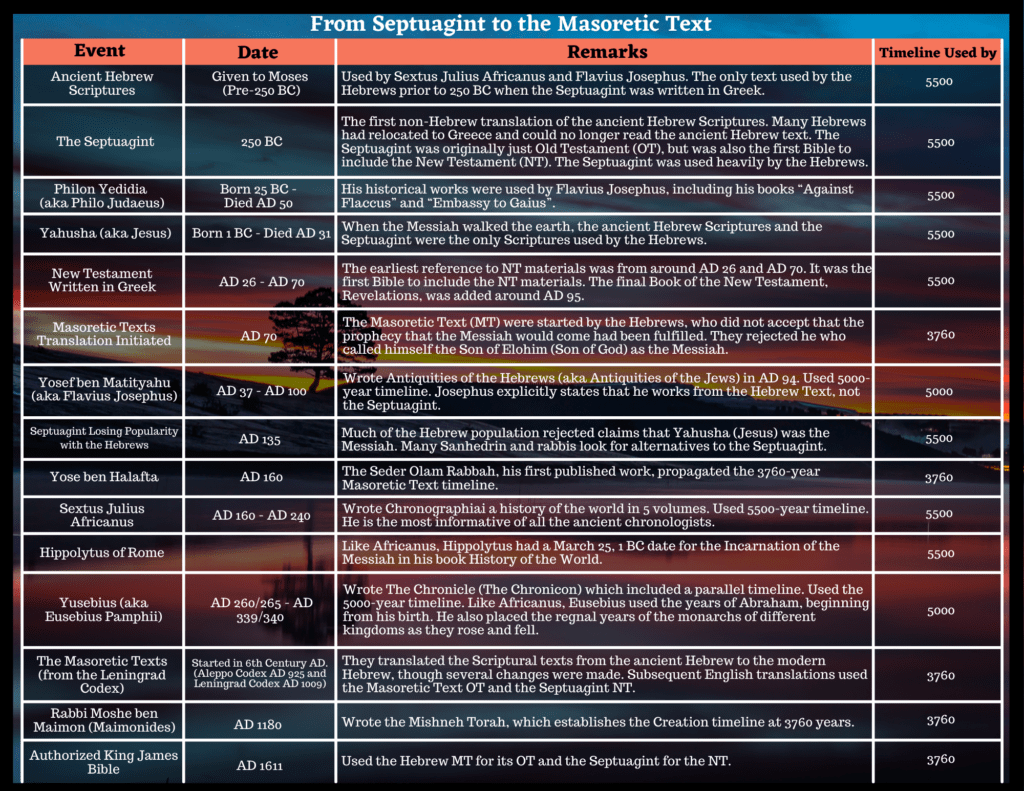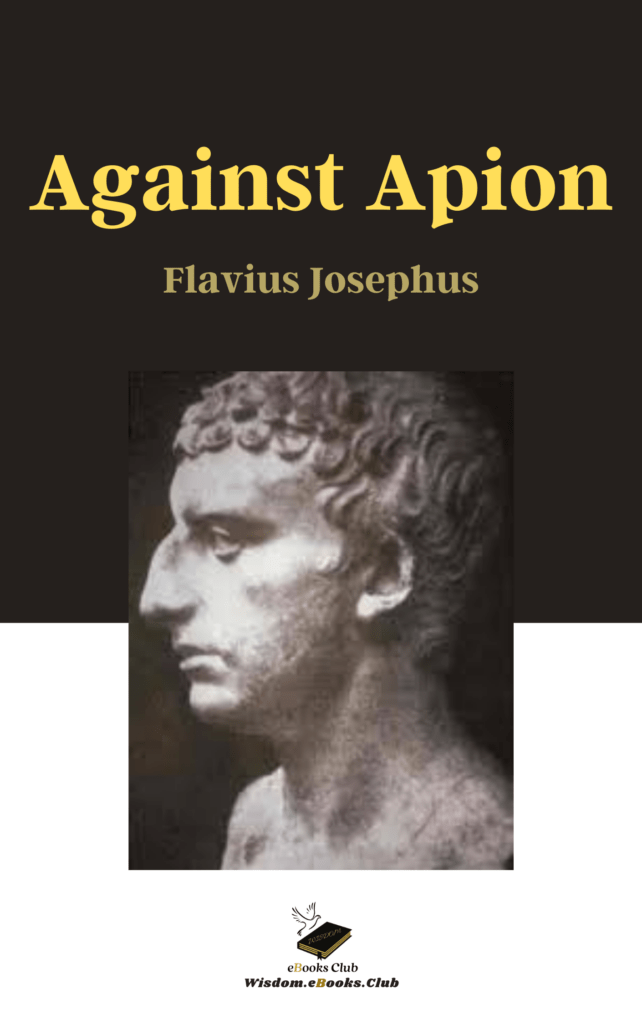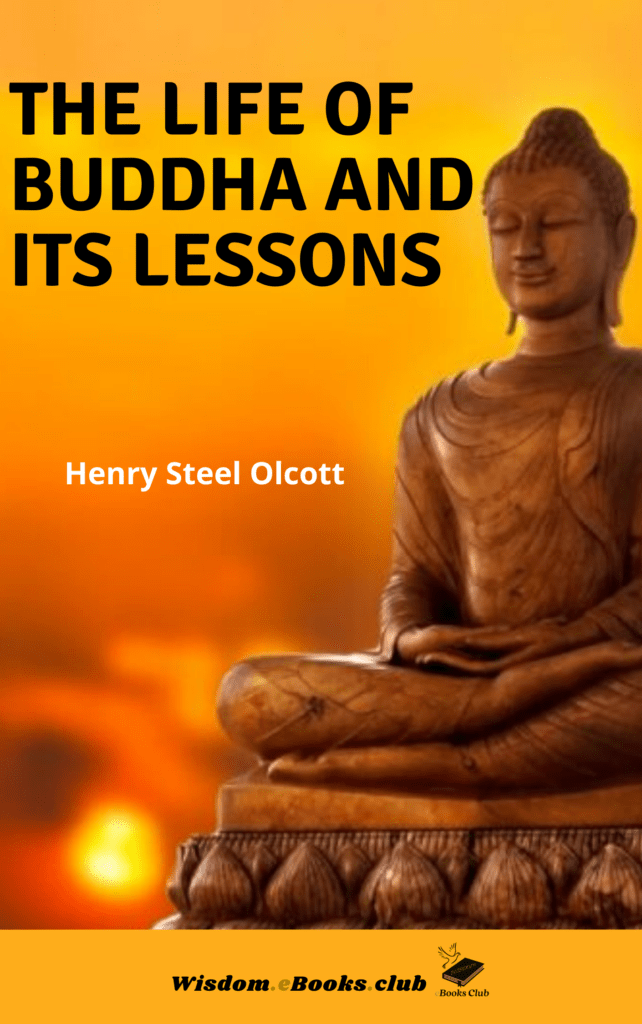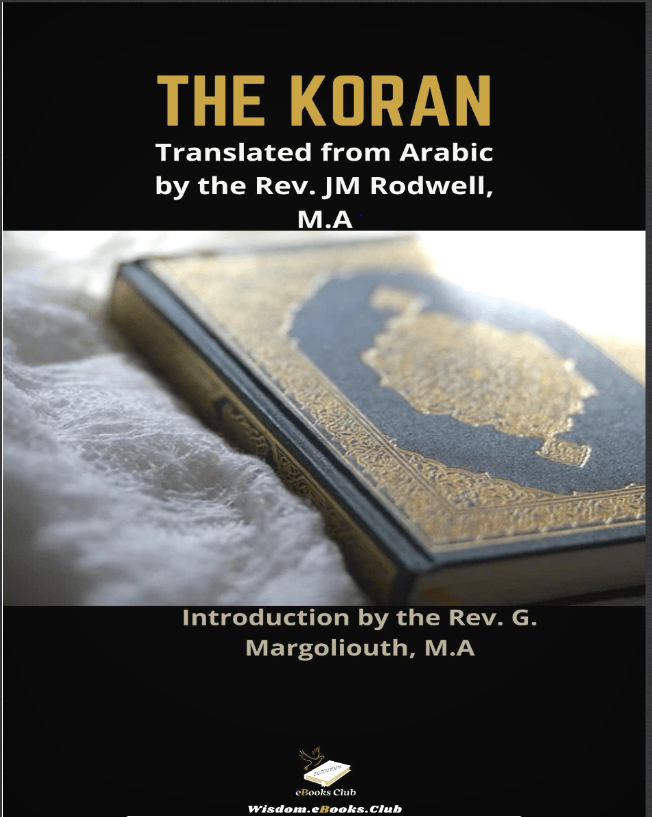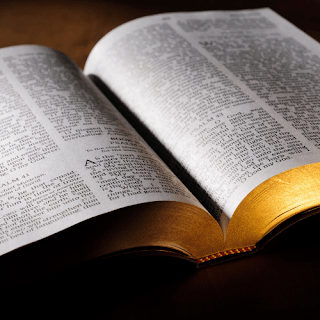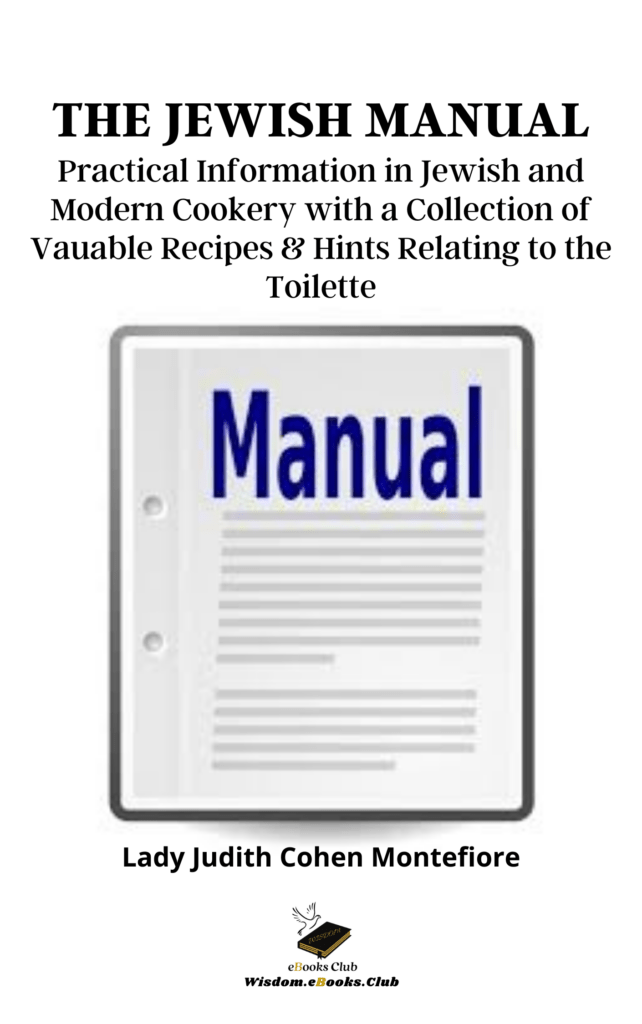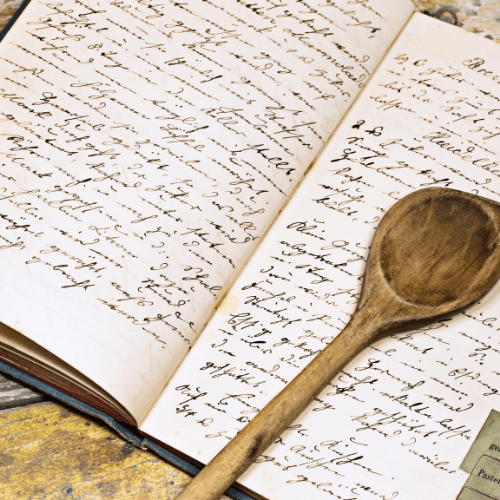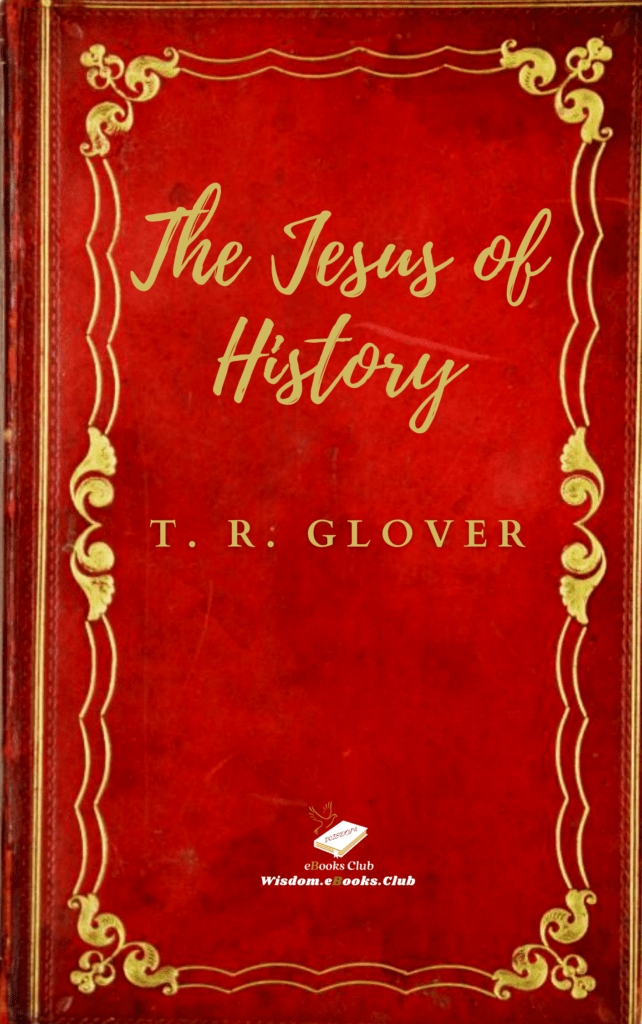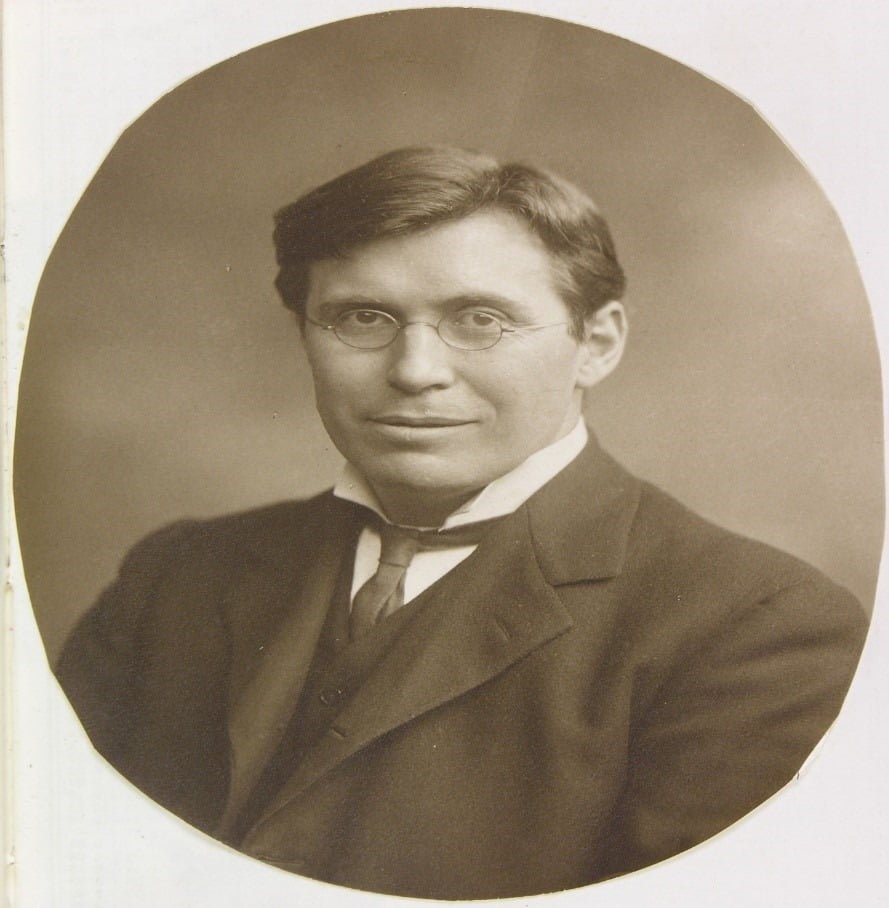The Mormon Doctrine of Deity
The Mormon Doctrine of Deity
Christianity and Mormon Culture
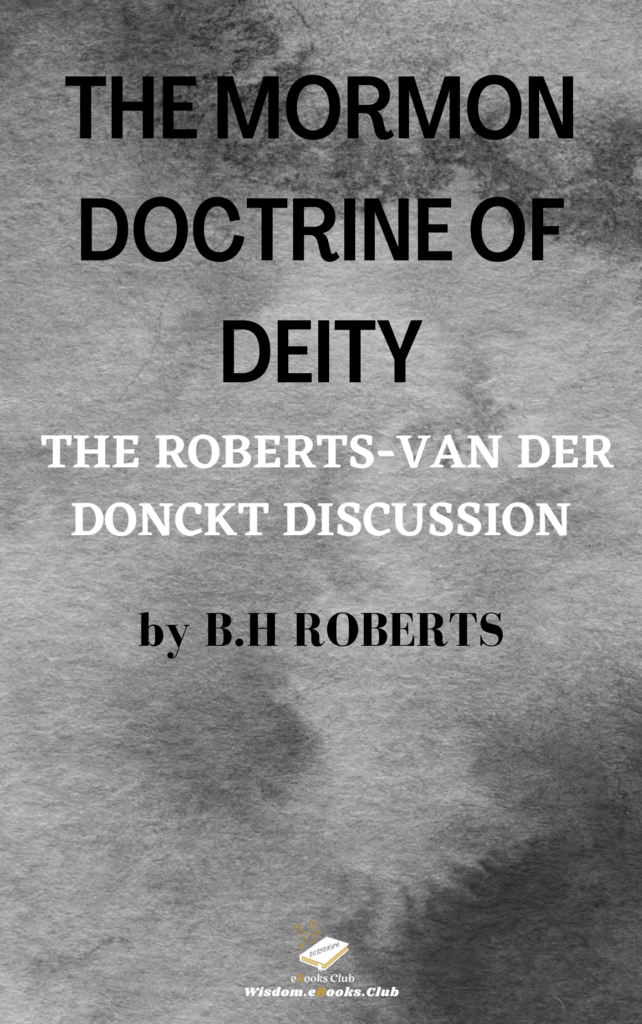
This work is well written and simply organized to deal with this complex and often controversial topic. In many ways, this presentation attempts to explore the nature of God In a larger context than traditionally expressed by the field of philosophy. As such, many accepted explanations and constructs are examined, while allowing for Roberts, as the principal author, to create a more coherent structure for Latter-day Saint doctrinal beliefs.
Understanding God’s nature is important because it helps us to better understand our potential. Heavenly Father is the all-powerful Creator and Ruler of the universe, but He is also patient, paternal, merciful, and devoted to our eternal progression. “For behold, this is my work and my glory—to bring to pass the immortality and eternal life of man” (Moses 1:39). God is not abstract or incomprehensible; indeed, we should all strive to come to know Him and His Son in this life.
Mormonism and Christianity have a complex theological, historical, and sociological relationship. Mormons express the doctrines of Mormonism using standard biblical terminology and have similar views about the nature of Jesus’ atonement, bodily resurrection, and Second Coming as traditional Christianity. Nevertheless, most Mormons do not accept the Trinitarian views of orthodox Nicene Christianity, codified In the Nicene and Nicene-Constantinopolitan Creeds of 325 and 381. Although Mormons consider the Protestant Bible as scripture, they do not believe in biblical inerrancy. They have also adopted additional scriptures, including the Book of Mormon, the Doctrine and Covenants, and the Pearl of Great Price. Mormons practice baptism and celebrate the Sacrament, but they also participate in religious rituals not practiced by traditional Christianity. Mormons self-identify as Christian. Focusing on differences, some Christians consider Mormonism “non-Christian”; Mormons, focusing on similarities, are sometimes offended at being so characterized. Mormons do not accept non-Mormon baptism nor do non-Mormon Christians usually accept Mormon baptism. Mormons regularly proselytize individuals actually or nominally within the Christian tradition, and some Christians, especially evangelicals, proselytize Mormons. Some view Mormonism as a form of Christianity, but distinct enough from traditional Christianity so as to form a new religious tradition, much as Christianity is more than just a sect of Judaism.

The Mormonism that originated with Joseph Smith in the 1820s shared strong similarities with some elements of nineteenth-century Protestant Christianity. Mormons believe that God, through Smith and his successors, restored various doctrines and practices that were lost from the original Christianity taught by Jesus. For example, Smith, as a result of his “First Vision”, primarily rejected the Nicene doctrine of the Trinity and instead taught that God the Father, his son Jesus Christ, and the Holy Ghost are three distinct “personages”.
While the largest Mormon denomination, The Church of Jesus Christ of Latter-day Saints (LDS Church), acknowledges its differences with mainstream Christianity, it also focuses on its commonalities such as its focus on faith in Christ, following the teachings of Jesus Christ, the miracle of the atonement, and many other doctrines.
Brigham Henry Roberts
Historian, Politician, and Leader in The Church of Jesus Christ of Latter-Day Saints.
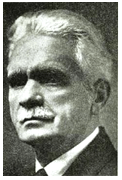
Brigham Roberts was born on March 13, 1857, in Warrington, Lancashire, England, and died on September 27, 1933, in Salt Lake City, Utah, United States. He characterized his childhood as horror and his adolescence as a catastrophe in one of his later published works. His father, Benjamin Roberts, was an alcoholic ship plater and blacksmith, and his mother, Ann Everington, was a seamstress. Just after he was born, his father and mother converted to the Latter-Day Saints Church.- He left England in April 1866 aided by the Perpetual Emigrating Fund along with his sister, where they joined a wagon train in Nebraska and walked most of the way to Salt Lake City, Utah to meet their mother.
- In 1867, Seth Dustin baptized Roberts into the LDS Church, and in 1869 he wed Roberts’ mother, Ann. Ann was granted a divorce in 1884 because Dustin had long since deserted the family. Roberts liked Utah and settled in a town called Bountiful, which he considered home.
- As a young adult, he worked as a laborer in the mines. He, like most of the young men In Bountiful, took a liking to drinking and gambling. Later on, he learned to read and got an apprenticeship as a blacksmith while he was in school. After a life of only menial jobs, he had found his calling. He became especially zealous about reading and voraciously read many publications Including the Book of Mormon and other Mormon theological texts and publications on philosophy, history, and science. He graduated at the top of his class from the University of Deseret in 1878. Soon afterward he wed Sarah Louisa Smith, and they had 7 children.
Published Works
- Roberts, B. H. (Brigham Henry), 1857.1933: Corianton: A Nephite Story
- Roberts, B. H. (Brigham Henry), 1857-1933: Defense of the Faith and the Saints (Volume 1 of 2)
- Roberts, B. H. (Brigham Henry), 1857-1933: Defense of the Faith and the Saints (Volume 2 of 2)
- Roberts, B. H. (Brigham Henry), 1857-1933: The gospel. an exposition of Its first principles, (Salt Lake City, George Q. Cannon & Sons Co., 1893)
- Roberts, B. H. (Brigham Henry), 1857-1933: The gospel. An exposition of its first principles, (Salt Lake City, The Contributor Company, 1888)
- Roberts, B. H. (Brigham Henry), 1857-1933: The Gospel: an exposition of its first principles; and man’s relationship to Deity / (Salt Lake City, Utah: The Deseret news, 1901)
- Roberts, B. H. (Brigham Henry), 1857-1933: The Gospel: An Exposition of its First Principles: Revised and Enlarged Edition
- Roberts, B. H. (Brigham Henry), 1857-1933: History of the Church of Jesus Christ of Latter-Day Saints. (Salt Lake City, Utah, Deseret News, 1902-1932), also by Church of Jesus Christ of Latter-day Saints
- Roberts, B. H. (Brigham Henry), 1857-1933: The Mormon Doctrine of Deity: The Roberts-Van Der Donckt Discussion
To see more information about this topic or other religious topics, you may check the books and magazines available at www.wisdomebooksclub.com or visit our peals of wisdom page page by clicking on this link to access more interesting blog articles, games, quizzes, music videos, religious poems, Jewish recipes, popular sermons, and more.
